Drought. Nutrient depletion. Bending over with a bad back or dealing with mobility issues. Have you ever had to battle with any of these gardening-impeding troubles? Don’t you wish there was an accessible method for growing your own food that eliminated these problems and more? Maybe keyhole gardens are the answer you’ve been looking for.
What Are Keyhole Gardens?
Keyhole gardens are specifically-designed raised beds that recycle old materials, can create nutrient-rich soil, and, most importantly, are entirely accessible, even if an indvidual is restricted in some of their physical abilities. In order to understand a keyhole garden and why it may be a great fit for your growing space, let’s break down the design, bit by bit, and see what the fuss is all about.
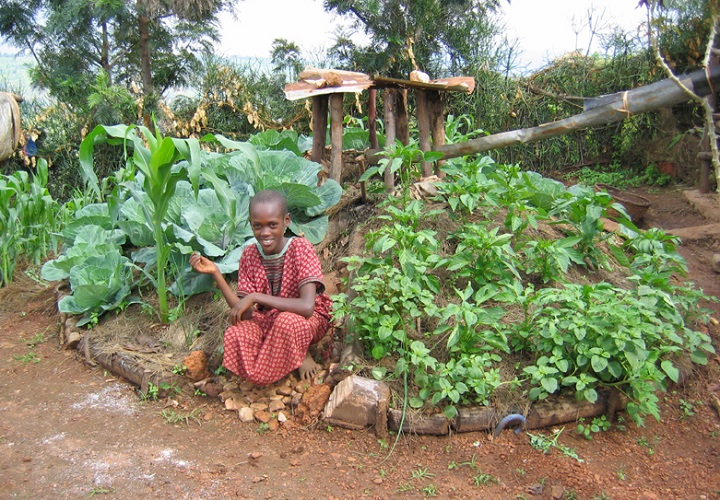
Keyhole Shape
Keyhole gardens are so named for their ressemblance to an old-style lock entrance–the sort that skeleton keys once fit into. The original design of the garden is a circle with a rectangular entrance that leads all the way to the center of the garden itself. Now, this distinctive shape isn’t just for looks.
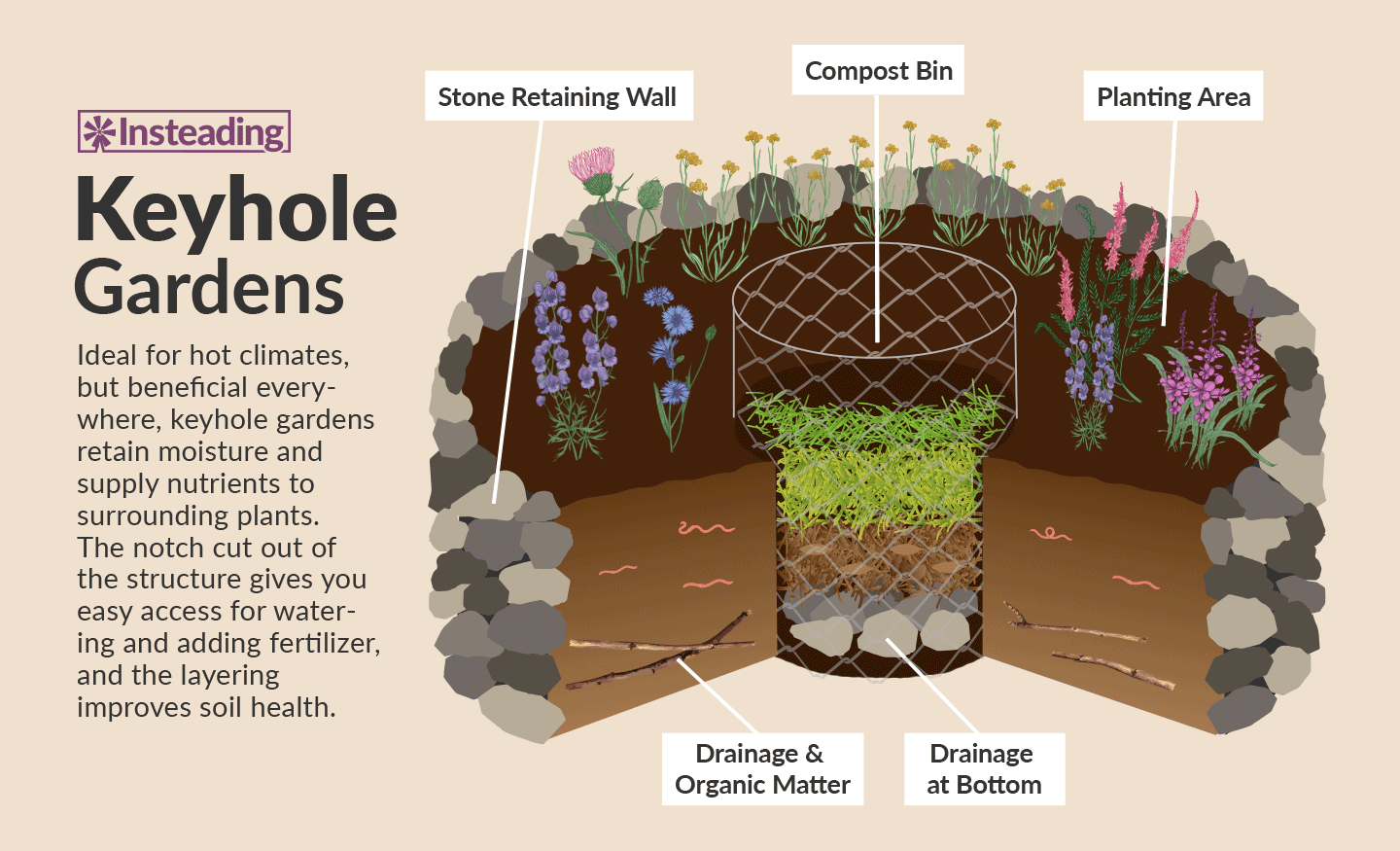
It’s intended to allow maximum acess to all areas of the garden’s growing surface, eliminating the need to walk on the garden (which reduces soil compaction) and avoiding having any difficult-to-reach areas.
The Compost Basket
At the center of the keyhole garden is a compost basket–it may be made from metal, sticks, concrete, or cloth, but the purpose is the same: it’s meant to hold high-nutrient materials and allow them to break down slowly. Greywater, manure, vegetable scraps, and other organic materials go into the basket, and as water moves through the mushy, rotting mess, it carries the decomposing goodness and hydration straight to the roots of the plants themselves. Over time, the basket will undoubtedly become filled with rich compost, which can then be removed and spread over the surface of the garden.
As a word of advice, I’ve encountered some websites that recommend “discarding” the “depleted” compost once it is totally broken down. This boggles my gardener’s mind, because that black gold is simply some of the best, soil-enriching stuff you could spread on your keyhole garden’s surface. Ignore such instructions!
Outer Edge
The wall that surrounds the garden should, in theory, be a material that can be built higher and higher as the soil matter increases in the garden itself. The original keyhole gardens were often made of dry stacked stone, recycled bricks, pieces of concrete, or really any scavenged material hard enough to hold the soil in and stable enough to support a person’s leaning weight. Nowadays, you can find keyhole gardens built out of recycled glass bottles, straw bales, wattle, or even formalized masonry work.

The garden planting surface is raised higher than the typical raised bed. This can be achieved by layering a large variety of materials such as wood waste, newspaper, ashes, twigs, and even animal bones. Soil is placed atop the pile once it has reached close to the desired height.
A version of the keyhole garden is often included in discussions of permaculture design–they’re specifically meant to reduce foot traffic on growing surfaces, allowing perennials to grow unimpeded by soil compaction. Permaculture-style keyhole gardens are usually not built as tall as the original design, and often lack the center compot basket. (Instead, a tall garden that does include a center compoting ring is sometimes termed a “banana circle.”)
Where did Keyhole Gardens Begin?
The easy-access nature of the keyhole garden was intentional. The design as we now know it was developed in Lesotho by the Consortium for Southern Africa Food Security Emergency (C-SAFE) in the 1990’s (they took inspiration for their design from a raised garden invented by CARE in Zimbabwe).
During that era, Lesotho was plagued by one of the highest HIV/AIDS rates in the world. These gardens were able to give the sick, weakened, or otherwise unable residents of Lesotho the ability to keep growing their own food, even if they weren’t physically able to farm in the traditional manner. “They are tall enough that people do not have to bend over while working in them, sturdy enough that a person who is weak can lean against them while they work, and small enough that the entire bed is within arm’s reach.”

The gardens did very well, even in drought, even in areas with eroded, depleted soil. So well, in fact, that the design was picked up and carried throughout much of Africa, where people of all abilities implemented its thrifty, nutrient-dense, and accessible nature.
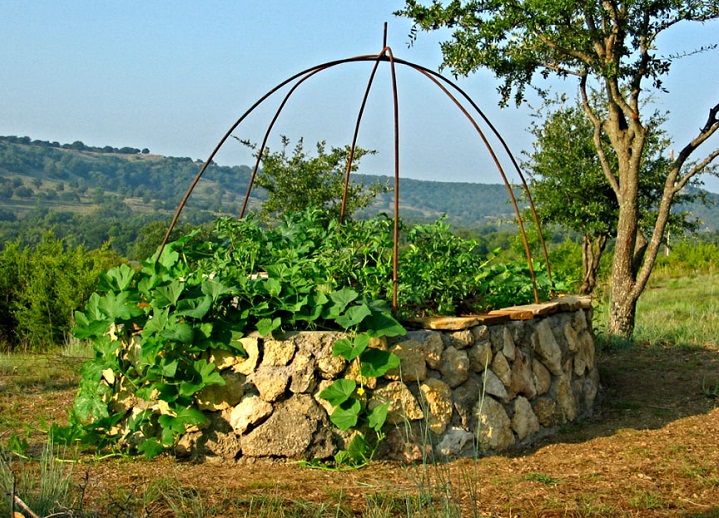
The keyhole notably made it’s way to the States via Texas, where further modifications on the design included changing the diameter from two meters to 6 feet wide (since Americans will do anything to avoid using the metric system, it seems!), and adding red wiggler worms as an essential element of the central compost basket.
What Plants Grow Best In A Keyhole Garden?

Not every plant thrives in such a concentrated and space-sensitive nutrition environment. You may have noticed that most photos of keyhole gardens feature large, lush specimens of leafy greens–these plants are able to maximize the ample nitrogen supplied by the compost by creating huge vertical leaves, yet won’t take over the somewhat restricted space. Lots of root vegetables work well, too, with lush upper growth creating large, easy-to-harvest roots and tubers below. Here’s an incomplete list of plants that should do well in the Keyhole Garden.
- Carrot
- Onion
- Beets
- Radish
- Turnips
- Garlic
- Lettuce
- Swiss Chard
- Spinach
- Mustard
- Herbs
All that said, there are some plants that some websites indicate are not completely ideal for this design. They may spread out too far, grow too tall to be easy to harvest, or have different nutrient requirements than that provided by this lush raised bed. You’re certainly not forbidden from planting the following in your keyhole garden, of course–several of the photos below obviously have these plants included–but bear in mind that they may be a bit of a challenge for this specific garden design.
- Tomatoes
- Peppers
- Eggplant
- Corn
- Squash
- Some types of Beans
Inspiration Photos For Your Garden Designs






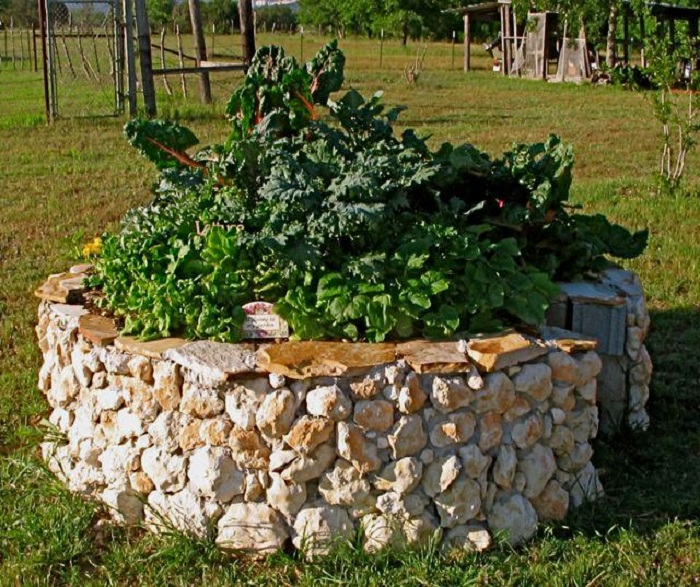
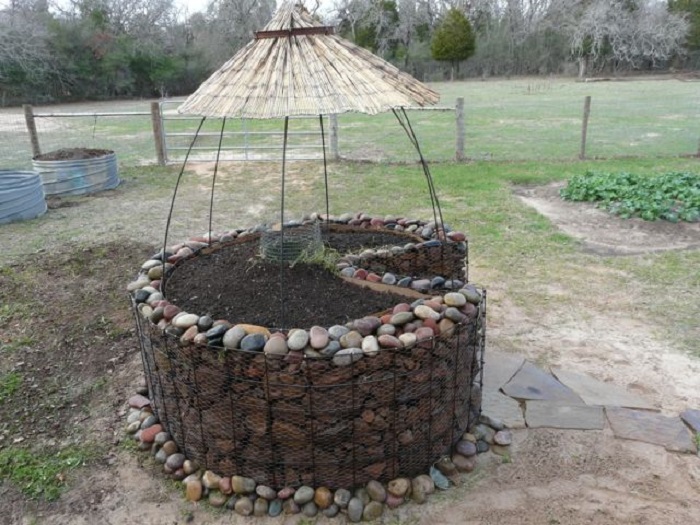

Keyhole Garden Resources
- Plant Your Garden In A Keyhole by W. Leon Smith
- Soiled Rotten: Keyhole Gardens All Year Round by Deb Tolman, Ph.D.
- The Quarter-Acre Farm: How I Kept the Patio, Lost the Lawn, and Fed My Family for a Year by Spring Warren
- Gaia’s Garden: A Guide to Home-Scale Permaculture by Toby Hemenway


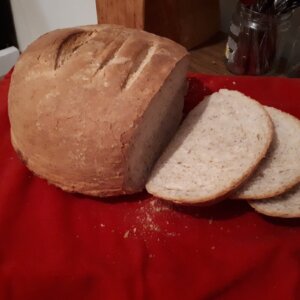
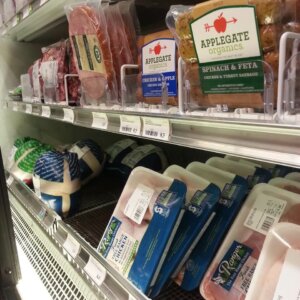
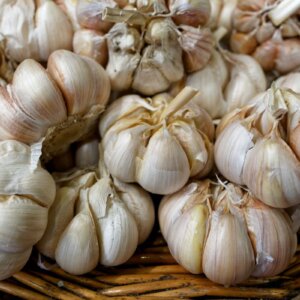


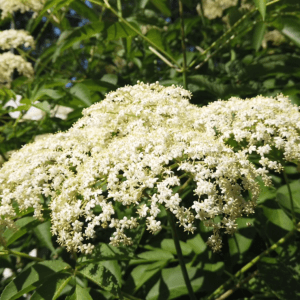

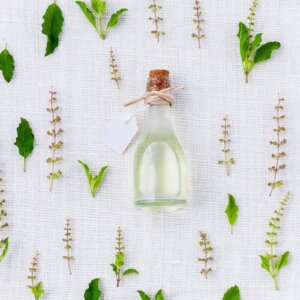

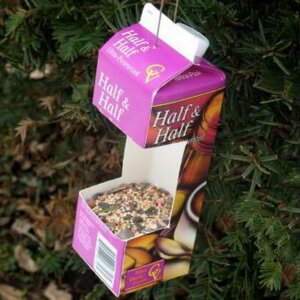

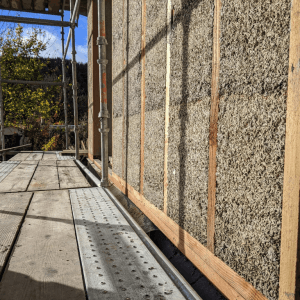

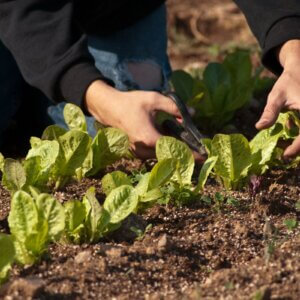


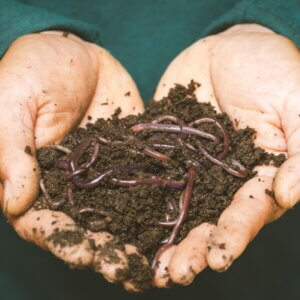


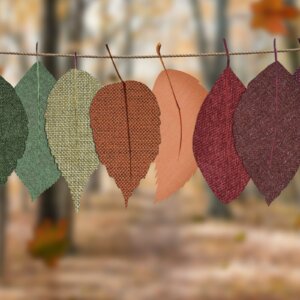



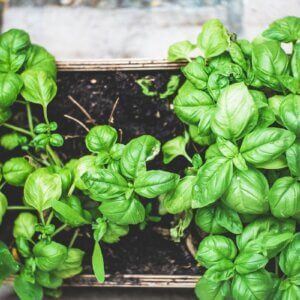
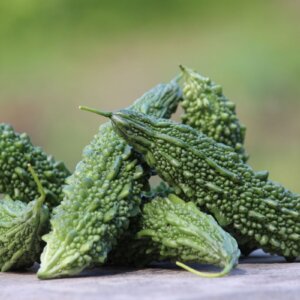
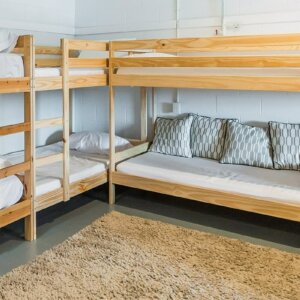

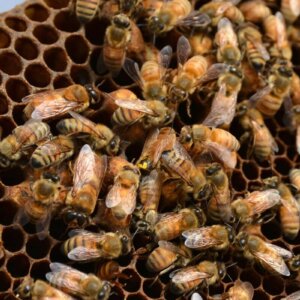
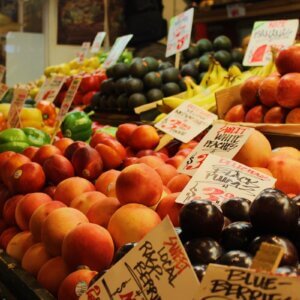

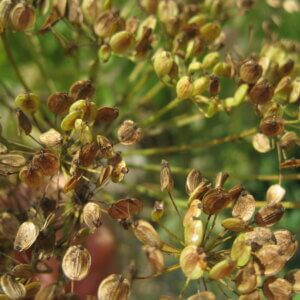



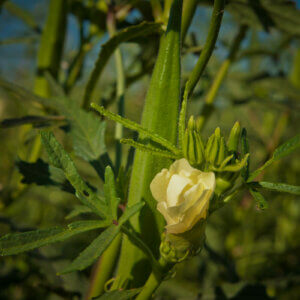
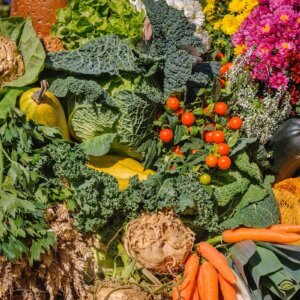
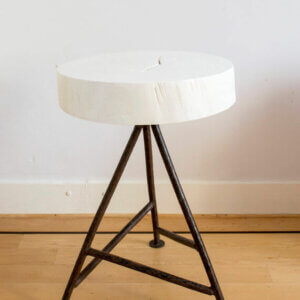

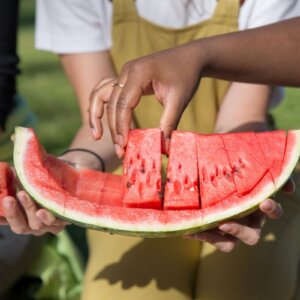

I am delighted to see beautiful key hole gardening pictures growing different vegetables,flowers etc using the locally available waste /junk material. It is a novel method of recycling the domestic wastes and built up of clean surroundings. I wish to extend this concept in my area of residence and recommend it to others for adoption . It is simple and least expensive.
Looking to improve our gardening skills. This whols keyhole format looks do-able. Thanx Much-o
I’m totally blown away by this concept! Great Idea, Good Job! Thanks for sharing it
Wonderful idea.
Non ho capito niente o forse ho compreso tutto perché mi pare ottimo, oltreche’ molto valido sul piano estetico
Stefano
Awesome idea for best use of limited space and adaptability to extreme weather, thank you!
These are so wonderful! Never heard of them and been a gardener all my life! Love them!
All this stuff is amazing, but where I live I’m only allowed a ‘flower bed’ type garden around my house. What kind of ideas do you guys have for This?
google: purple basil, variegated sweet potatoes, edible flowers… sunflowers red lettuces and cabbages/ colorful kales and frilly dill and other herbs. Also scarlet runner beans and a few other beans are easily mistaken for flowers
= )
muhteşem yaptıklarınız bende denemek istiyorum küçük bahçemde teşekkürler
It is very informative and interesting post.
Novel and very interesting concept; we need to spread this across globe.
Nagesh,
Bangalore,
India
I like that the composting is incorporated into the garden rather than being a separate activity.
What a concept! I will pass this on to all my gardening friends.
I can see this in the front yard with beautiful flowers and some veggies hidden among them.
If you have a blender you could blend all your kitchen scraps, minus any meat or dairy, and pour on the compost. Cuts down on decomposing time.
Great idea
Re: your situation of only being allowed to grow flowerbeds – You might not be able to build a tall keyhole garden, but I used to grow a ‘camouflaged’ veggie garden in my front yard. A mix of flowers: marigolds to deter pests, alyssum to draw beneficial insects, plus carrots (pretty fernlike foliage, tucked in among the flowers), potatoes (they flower & look pretty, & most people don’t recognize the plant), rainbow chard, ruffled kale, etc are beautiful background to the flowers, etc. You could grow berry bushes, too: look like landscaping, but provide food. Blueberries in the sun, currants in the shade. Best of luck to you!
I love this idea so much. Cheap to build, the right height and no need to bend, and you can reach everything.
This is a great idea. Especially for people with bad backs and inexpensive to build. I just love it.
This is great. I love the height, so no need to bend. You can makeit with any thing and grow what ever you want. Great concept, will pass it along. Thanks to whom ever thought this one up.
In the instructions I’ve seen it says that the compost leaches out and you can continue to build higher and higher. Does that mean that it does so naturally or does the person need to physically spread the compost out to build up the bed after each growing season?
I’m amazed at the beauty of these. I love the creativity and seeing the gardens flourishing is absolutely wonderful
This an amazing idea. I would like to sort out whether we can use it for for our community. I’m member of a Dutch Charity (www.projectsnow.nl) helping a very poor community on the border of the Zambezi in Southern Zambia (just 25 km north of the Kariba dam). Can someone help me out with some kind of checklist to see whether the locations are suitable for this kind of gardens? In june we will visit the villages again and we will be able to check this out.
This is truly a unique piece of article post i found.. and for that i hearty thank you.. from the entire team of (www.packngo.in)
and we appreciate the effort you made.. and taught us very unique and creative idea to have a small garden like this..
Thank you..
I am so pleased that Stumbleupon recommended your beautiful web-site to me. The keyhole gardens are amazing. I just cannot understand why I have never come across them before. I shall tell everyone and share it on my FB page. Thank you so much. Oh – The post on Hugelkultur is great also. That I am familiar with.
Barbara from clevercomposting.
This is a wonderful idea for recycling and repurposing materials to create a garden. I am going to make one for herbs and medicinal plants at my home.
I’ve NEVER seen vegetable gardens designed in this way, it is FANTASTIC! The use of recycled materials and also incorporating composting into the design is really really clever. Have shared 🙂
This is an excellent idea; ridding oneself of unsightly compost areas in the garden and incorporating into the garden in a more attractive and efficient manner. I’m hoping to have a garden again in the next 2 years and I’m definitely going to design a garden like this.
Thanks for taking the time to discuss this, I feel strongly about it and adore finding out additional on this topic. If feasible, as you acquire expertise, would you thoughts updating your blog with much more details? It is extremely useful for me.
kindly send me how to construct a key hole garden
Thank you for the great images and information. I have been inspired and fired up, and if the temperature wasn’t right at freezing point I might be tempted to start laying out the new keyhole garden today. I live on a hard-scrabble farm in the Ozark hills, and our weather is only marginally better than Texas, so a garden that fares better in drought is right on target. Thanks again for all the useful information.
Very nice design: just wondering on one detail, since we need to access the very bottom part of the compost pile when it’s ripe, an easy opening of the center volume is required or at least advisable, am I correct?… otherwise would you perform any compost turning? Thanks for the insight. Thumbs up anyway !!!
I can’t wait to have one.
I love this way of growing a garden. I want to try it this year.
hello!! the keyhole garden is really amazing! i will try it here in my country, Chile. I would like to know who is the original creator of this technique. Thank you very much for opening my eyes to new paths. 🙂
It is also quick and easy to make a keyhole garden out of a long strip of corrugated iron, bent back inwards at each, that meets at an old dustbin. The dustbin should be taller of course to make a slope to the outer edges. Three banged in sticks, one in the dustbin, and one in each corner of the inward bends, will hold it all together while you attach everything with some wire through some pre-drilled holes, and then fill it with your soil, compost and other bits.
Be advised that some vegetables and fruits do not grow in certain locations, so do start with growing plants that you are familiar with and grow well in your chosen location.
Fire ants are prevalent in Texas. How does one keep them out of a keyhole garden?
Awesome idea! I have been searching for a way to have a good garden without taking up so much of my back yard. This doesn’t require a tiller either. At my age, the tilling is becoming more difficult so this is great idea. Thank you so very much.
Is the center compost bin ever emptied or how is the compost removed or spread from the center. Does the compost dirt just seep out on it’s own from the chicken wire?
great idea. I gonna have one in the near future.
This is wonderful, thank you. However I’m concerned that some of the materials used maybe toxic when absorbed by the vegetables.
Thoughts?
Hey Randy,
You’re not wrong to be concerned but it would really depend on the type of product. Plastic would be questionable. Metal perhaps less so. Treated wood, possibly. Untreated wood, probably not. Cloth probably not. Clay no.
The second half of the question is – if those materials leech anything into the soil, would the plants accumulate it? I would choose more natural materials over plastic in general, but if you’re talking about a developing country scenario and that’s the easiest material to get a hold of, I don’t know if it would be a reason to not do this.
My brother & his wife recently started a keyhole garden in Texas and I was fascinated. This post is incredible! I love all of the examples you shared, and the explanation of how a keyhole garden makes it easier to grow almost anything, especially in dry, alkaline Texas soil.